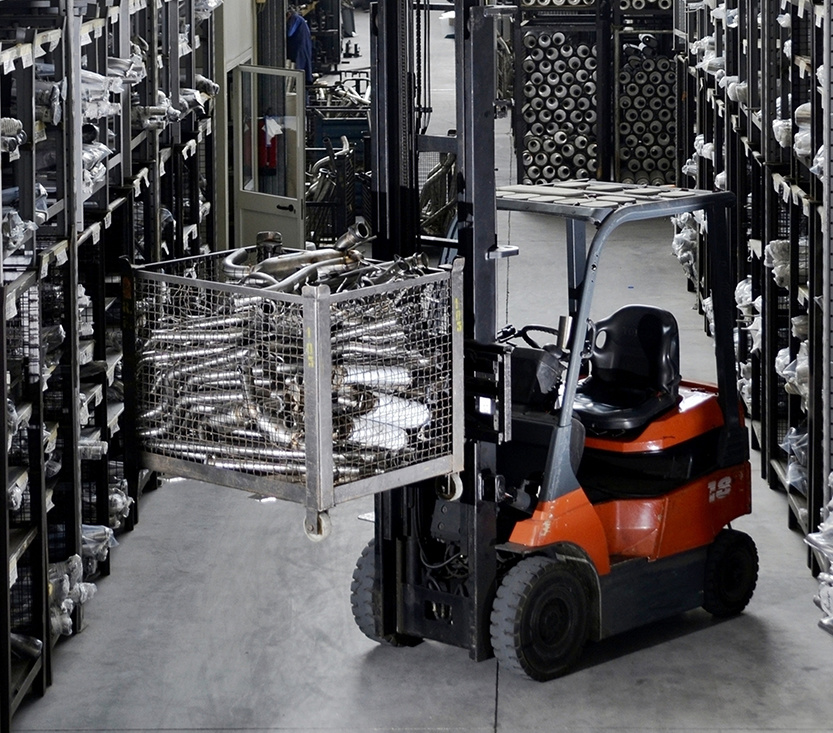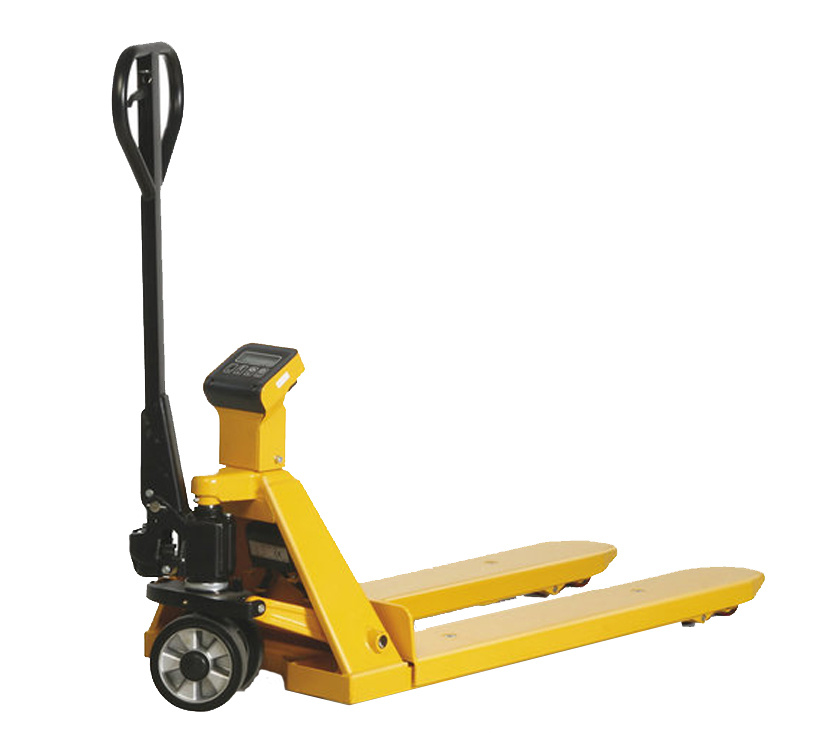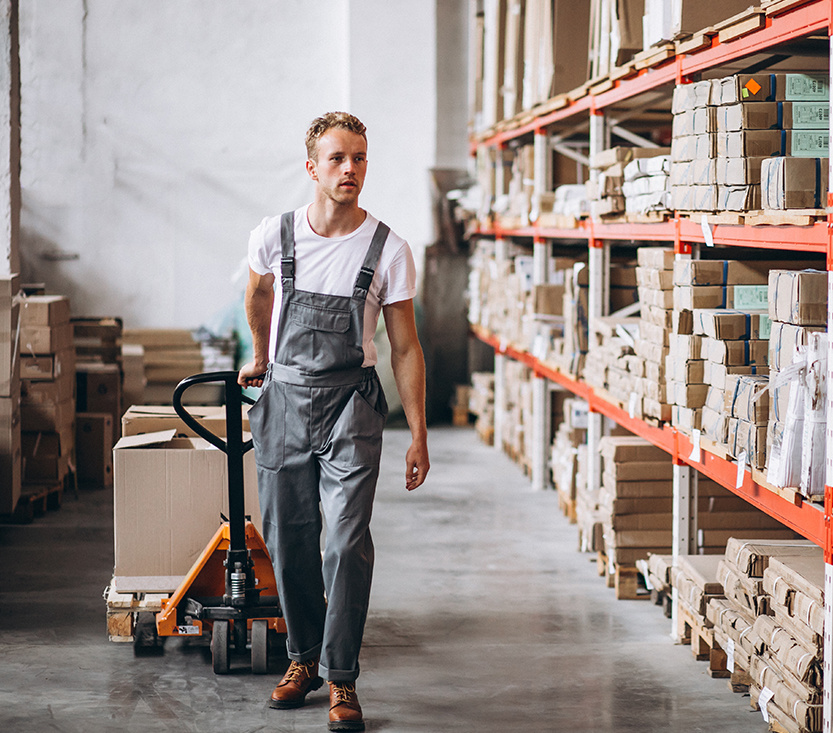5 Tips For Making Warehouse Equipment More Efficient
Making warehouse equipment more user-friendly is not that simple. We are therefore happy to advise you in making smart choices that keep investments and the space required to a minimum. The warehouse layout is a crucial aspect of the chain for many organizations that cannot be simply revised. Read below which topics are important in this process and which questions you can ask yourself during the design process.
1. Optimise the warehouse with the right team
Optimising the warehouse layouts is only possible with the right stakeholders at one table. We, therefore, recommend that you involve the right people internally first. By putting together a team that together has the right practical knowledge and has the strength to be able (and allowed to) implement plans, you prevent problems. Participation is welcome in this phase, but remain realistic: you can never satisfy everyone.
2. Make an inventory of needs - at all levels of the organisation
It is smart to make an inventory of the advantages and disadvantages of the current warehouse layout in both operations and management. Implementing the new system of the warehouse top-down - so without asking the executive staff - can lead to unrest and dissatisfaction on the shop floor. This can be prevented when operations are represented in the project team. Some key questions that can be asked initially are:

- What acute problems and core needs should the new design solve?
- Which safety aspects can be improved, such as installing collision protection or using aids such as lifting tables and stackers and gitterboxes?
- Can automation be done in certain (risky) places so that the staff is not unnecessarily burdened?
- How can staff be prevented from walking around or driving without cargo and thus being inefficient?
3. Do a resource inventory
Choosing a rack type that meets the most important requirements is not easy. Check out the difference between shelf racks, cantilever racks and post pallet stacking racks on our website. You will see that each statement type has certain advantages and disadvantages. The right choice of means is often a middle way in terms of finances, space and difference compared to the current situation. In addition, solutions must meet the core of the change needs that have been identified.

- Choose the storage racks that suit the type of product you want to store and the way in which it is picked
- Choose the right operational aids and transport equipment such as pallet trucks and platform trucks and adjust the racking dimensions
- Choose the right software to provide insight into goods movements
- Choose the correct dimensions for the aisles and orientation of the racks
4. Maintains a realistic and future-proof focus
An important focus in the final design is future-proofing. Designing a warehouse now that will be outdated in a few years is cost-inefficient. Therefore, keep future-proofing in mind with the questions below. Our advice is to make multiple designs based on the points below and previous points and to merge the best elements into one final design. Below are a few more rules of thumb:

- Place frequently picked goods in an easily accessible place
- Place cross-selling products together to pick in one go
- Keep heavy products safely and practically within reach
- Combine the right software with the logical numbering of the statements so that 'search time' is kept to a minimum
- Set feasible and logical walking routes for man and machine
- One-way traffic can prevent risky situations
- Leave enough space in the place where things are prepared to prevent overflow
5. Evaluate and make a final design
Before the material is actually purchased on the basis of all findings, it is wise to do a final evaluation of the design. Invite the involved executive staff and management to take a final critical look at the design to identify minor areas for improvement. Only after these have been incorporated into the final design will the purchase of new material be made. The key questions during this final evaluation moment are:

- Does this new design really solve the root of the problems?
- Is the safety of personnel still guaranteed or improved?
- Is this design indeed feasible from a cost point of view?
- How much profit in terms of lead time is achieved in this design?
- How many square meters of storage will be extracted?
By including the above tips in the process of (re) furnishing your warehouse, we hope to create a safe and efficient solution that everyone can use.
Questions about this article related to warehouse equipment? Contact us via [email protected] or 01777 322 100 .
